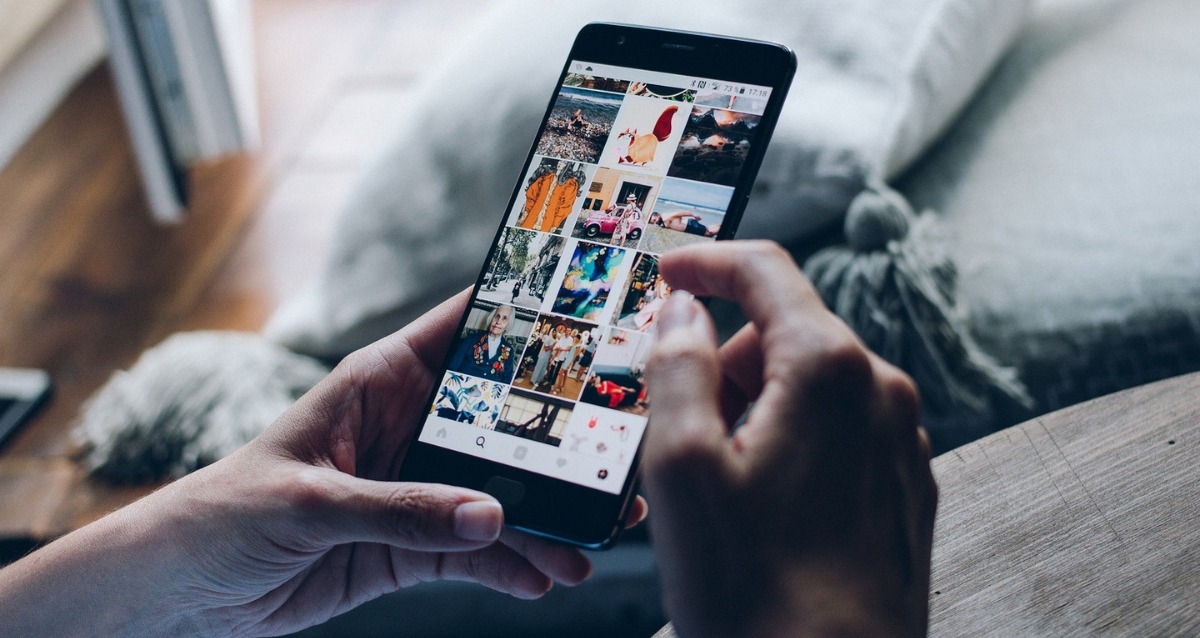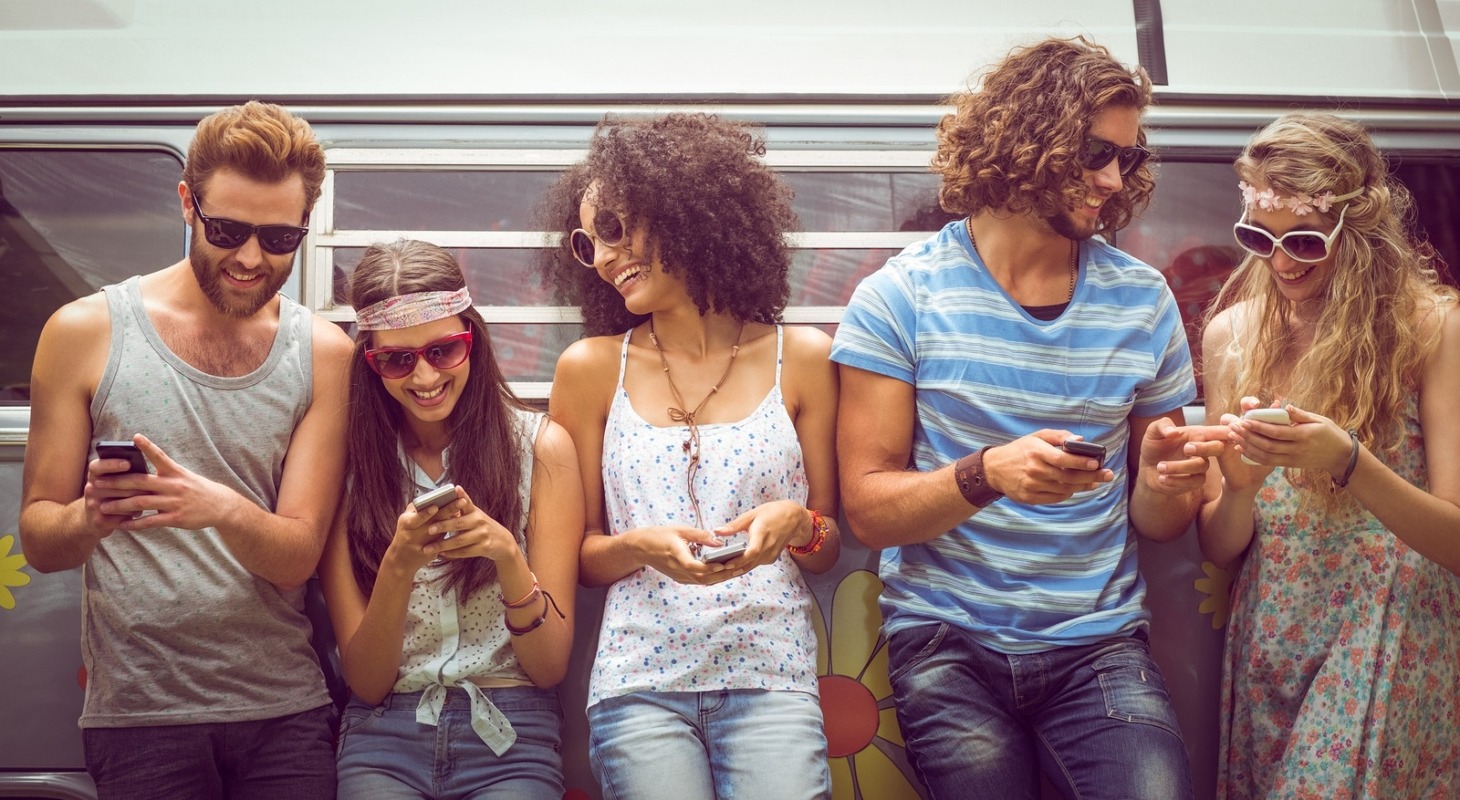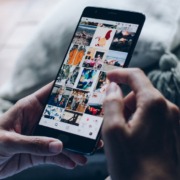 https://dappergoat.com/wp-content/uploads/2019/04/instagram-banned-hashtags.jpg 683 1024 Jeremy Tillman https://dappergoat.com/wp-content/uploads/2020/08/Dapper-Goat-Logo-Without-Artboard-300x93.png Jeremy Tillman2023-03-01 14:31:502023-03-29 12:44:52Banned Hashtags on Instagram – Updated!
https://dappergoat.com/wp-content/uploads/2019/04/instagram-banned-hashtags.jpg 683 1024 Jeremy Tillman https://dappergoat.com/wp-content/uploads/2020/08/Dapper-Goat-Logo-Without-Artboard-300x93.png Jeremy Tillman2023-03-01 14:31:502023-03-29 12:44:52Banned Hashtags on Instagram – Updated!Why Influencer Generated Content is the New UGC
 In the 1970s, consumers saw 500 advertisements a day. By 2007 that estimate had risen to 5,000. Today, with social media usage so pervasive, consumers see an astonishing 10,000 brand messages a day! With that many touches, consumers are having difficulty knowing which brands offer quality products and which are junk. To combat this, shoppers increasingly rely on influencer generated content for advice.
In the 1970s, consumers saw 500 advertisements a day. By 2007 that estimate had risen to 5,000. Today, with social media usage so pervasive, consumers see an astonishing 10,000 brand messages a day! With that many touches, consumers are having difficulty knowing which brands offer quality products and which are junk. To combat this, shoppers increasingly rely on influencer generated content for advice.
Over the last decade, the rise of social media has led to marketers emphasizing user-generated content (UGC). The belief was that interactions with consumers on social media would produce organic, highly-reputable advertisements. For example, if you see a friend praise a brand on its Facebook page, you know you can trust its products. As social channels have developed, however, it has become clear that UGC has its drawbacks — especially for small to mid-sized brands. UGC simply does not have the reach of a traditional advertisement; it tries to leverage the social connections of the consumer, which are few relative to the impressions of a traditional campaign.
An increasingly important strategy for small brands and emerging businesses is the use of influencer generated content (IGC). Influencers are real consumers with a known community who seek their opinions on products. Digital marketers can achieve an incredible reach by tapping into these influencers’ existing networks of followers. In addition, while UGC impressions are not guaranteed to reach in-market consumers, influencers’ followers are predominantly high-conversion impressions. After all, the whole reason consumers follow these influencers is to receive quality product recommendations: they are experts in a particular market niche.
Key Differences Between UGC and IGC
To be clear, both UGC and IGC are important elements of any digital marketing strategy. UGC is free, but it is predominantly reactive. It can be hit-or-miss in terms of impressions and is generally of lower quality. UGC often has unclear or inconsistent messaging, lacks calls to action, and receives little engagement unless it goes viral. Influencer generated content, on the other hand, is an active investment in high-quality, high-impression content. Influencers send tasteful photos and well-written copy to their large, attentive audiences.
The Problems with UGC
By definition, “User Generated Content is defined as any type of content that has been created and put out there by unpaid contributors or, using a better term, fans. It can refer to pictures, videos, testimonials, tweets, blog posts, and everything in between and is the act of users promoting a brand rather than the brand itself.” The advantage of UGC is thus two-fold. First, it has the potential to generate more activity around itself. A well-run UGC strategy, such as Coca Cola’s “Share a Coke” campaign, can create a fad out of an ad. Second, user-generated content is and will always be free.
However, UGC is not the marketer’s dream. It is, fundamentally, uncontrollable. Think of every viral campaign gone wrong, with Twitter users roasting a brand rather than praising it. Even when they do not go off the rails, user generated content can often conflict with a brand’s messaging strategy. Additionally, a marketer can never depend on the virality of a UGC campaign. Especially for new brands with a small presence on social media channels, UGC will just not reach enough consumers to make a large impact. User generated content can supplement high-impression campaigns, but never substitute for them.
The Importance of Influence
Influencers can be defined as any social media account (sometimes an individual, other times a group or organization) that has a large, receptive audience seeking brand, product, or aesthetic recommendations. Influencers are professionals, often making a living entirely from their promotion of products. To this end, they take great pride in creating high-quality, aesthetically pleasing, interesting content for their marketing patrons. By consistently promoting only reputable products, they continue to grow their follower counts. Influencers rarely promote products they do not like; after all, their word is their brand.
This professionalization of recommendations is leading to a shift in consumer behavior. It was once thought that recommendations from friends were most important, one argument for the importance of UGC. A study undertaken by Twitter, however, found that 40% of consumers have purchased a product after seeing it promoted by an influencer — a number surely on the rise. Be it in fashion, music, food, travel, or any other niche, influencers are quite literally taste-makers in their own sphere. They can be trusted by consumers to help them make the right purchasing decisions.
Influencer generated content is also unique because it can be recycled by brands. Sponsored posts by influencers can be retweeted or reshared. Celebrity endorsements can be included on a brand’s website or in other marketing channels. Not only does this not cost extra, influencers receive benefit from the extra exposure; they are even known to thank brands for including them in promotional materials!
In conclusion, there is a place for both user-generated content and influencer generated content in any digital marketing campaign.
User-generated content can be used to maintain a presence in consumers’ social feeds. As well, innovative UGC campaigns are great to try out and may even go viral at the low cost of free. However, UGC works best for established brands that can seed their UGC campaigns with their existing market presence. (A small soda company could not have pulled off the Share-A-Coke campaign!)
Influencer generated content is more useful for brands who need the help of influencers’ existing social networks. By renting attention with a sponsored IGC post, brands can extend their reach far beyond their existing fans. IGC can also be tailored to a campaign’s specific messaging strategies, avoiding the randomness of UGC. Furthermore, IGC will be of a consistently higher-quality than UGC, and directed toward a targeted, in-market demographic.
Influencer generated content is important because it leads to sales, not just a brief buzz. If your brand needs help implementing a cutting-edge IGC campaign, do not hesitate to contact us.











